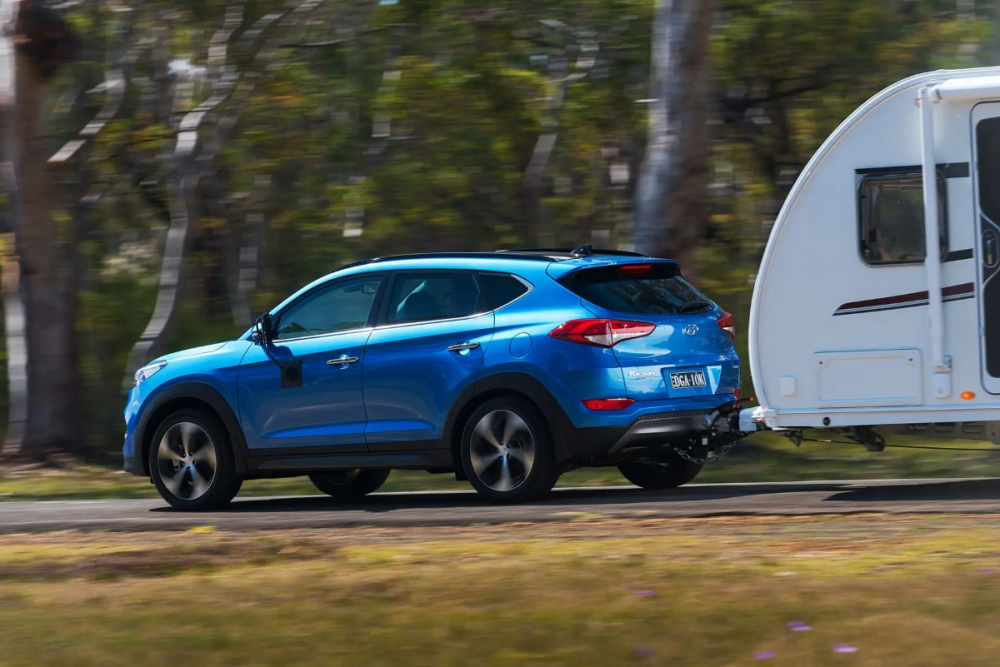
Small Cars to Tow Small Vans
One of the many attractions of a small van is the option of hooking it up to a small tow vehicle.
We thought it would be interesting to look at what’s out there in the current new car market. We looked at SUVs because they are all the rage these days. I expected this to be a pretty straightforward task, but it proved to be a can of worms. Don’t get me wrong - I am a fan of small vans, and some great little cars can do the job. However, there are some cars that, on the surface, appear to have an adequate tow rating, but when you dig a little further, they are completely unsuitable.
Matching cars and vans always ends up being a bit technical, and you must have your thinking cap on to work your way through this article. But if you are considering a small car and van combination, the information here might help you ask the right questions to end up with the right vehicle rather than the completely wrong one. For the exercise, we decided to nominate two small vans to use as benchmarks.
First is the diminutive Pluto from Silversun. It has an internal body length of just 3.3m with a tare weight of 960kg. The standard ATM assigned to this vehicle is 1200kg. The tow ball weight at tare is just 50kg. Interestingly, Silversun quote this number inclusive of 100L / 100kg of water in the tank. Silversun reckons a reasonable guide for the loaded tow ball weight would be 75kg based on the fact that they have factored in a 100kg of payload (water) already.
Our slightly bigger van is the Jayco 12ft pop top, model 1238-1 (body length 3.8m). This is the on-road variant, which has a tare weight of 1120kg and a payload of 375kg with an ATM of 1495kg. The tow ball weight at tare is 100kg. In this case, we have used the more typical industry guide of 10 per cent of ATM to derive a working loaded towball figure of 150kg.
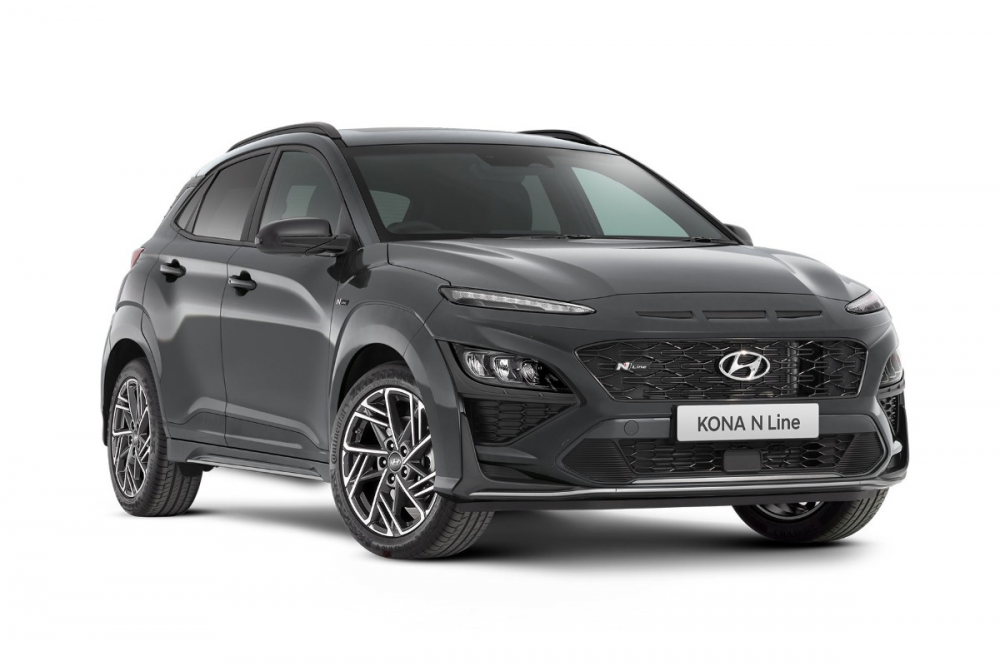
This is purely a desk research exercise to see which vehicles have suitable towing specs to match up to these two vans. The list is not exhaustive and is simply a random selection of a handful of well-known small SUVs. We arbitrarily made the cut-off vehicles rated up to 1650kg towing capacity to stay in the small car pond. (There are no doubt some great and possibly better choices in the 1800 -2000 kg tow rating category but we had to draw the line somewhere). We have not tow-tested any vehicles or made any further analysis of how they might perform.
Critical specs
To determine whether a tow vehicle is a suitable candidate, we need to consider at least five critical specs.
Towing Capacity
The most obvious and frequently quoted spec is the towing capacity. Putting it simplistically, this is how much the car is rated to pull. Manufacturers quote a number based on the van/trailer
-
having its own brakes and
-
not having its own brakes.
We are interested in the ‘braked’ number. As you read on, you will see that a vehicle should never be selected based on its towing capacity alone.
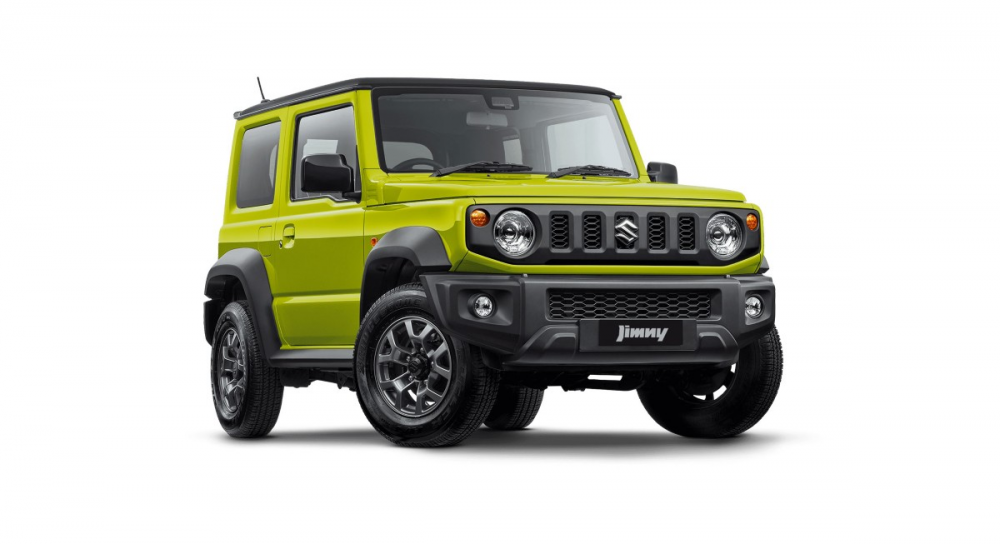
Tow Ball Rating
The next figure to look at is the tow ball rating. This is how much load can be exerted onto the tow ball. Some smaller cars have reasonable ‘pull’ ratings but can barely hold anything on the tow ball. An example is the Mazda CX3, which has a braked tow rating of 1200kg but a mere 50kg tow ball rating. You could barely put a bike rack with two mountain bikes on the back of this. And here is a whackier example. We had a look at the Nissan Juke and Qashqai, which have 1250kg and 1500kg braked towing capacity respectively on their spec sheets, but no tow ball rating is listed. A phone call to a Nissan dealer to obtain the tow ball ratings went like this …
Nissan dealer: “These models do not have a tow ball rating and Nissan does not supply towbars for them so effectively you can’t tow with them.”
My response: “It’s ridiculous Nissan publishes a braked towing capacity then.”
Dealer response: “Yes I agree.”
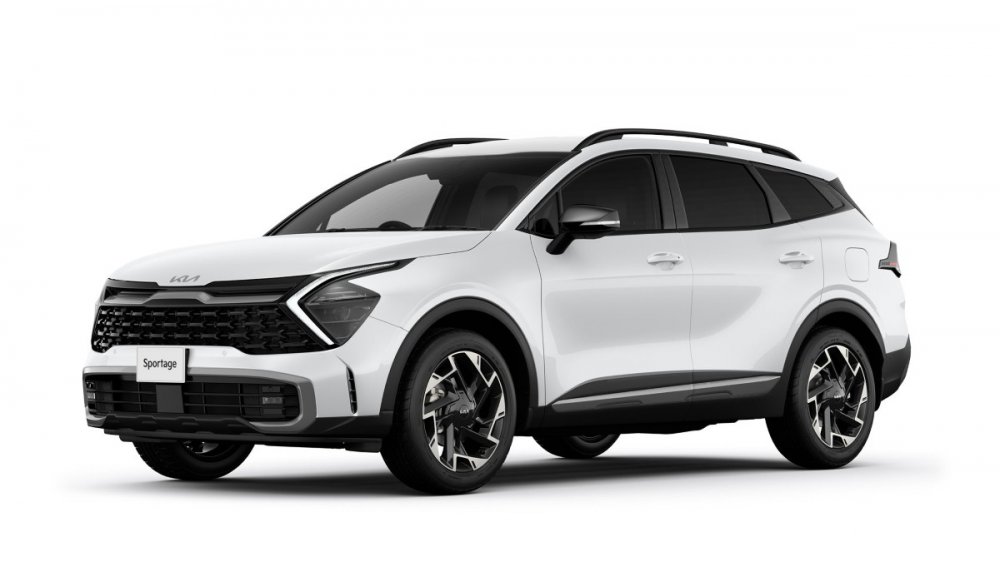
Gross Combined Mass (GCM) and Gross Vehicle Mass (GVM)
Another trap for young players is the Gross Combined Mass (GCM). This is a spec determined by the car manufacturer stating what the total maximum weight of the car and van/trailer can be when they are loaded. This is an important number because sometimes it is lower than you might expect. The obvious number is adding the towing capacity rating plus the maximum weight the car is allowed to be when loaded, known as gross vehicle mass (GVM). But here’s the thing, some manufacturers’ models have a GCM that is lower than this sum.
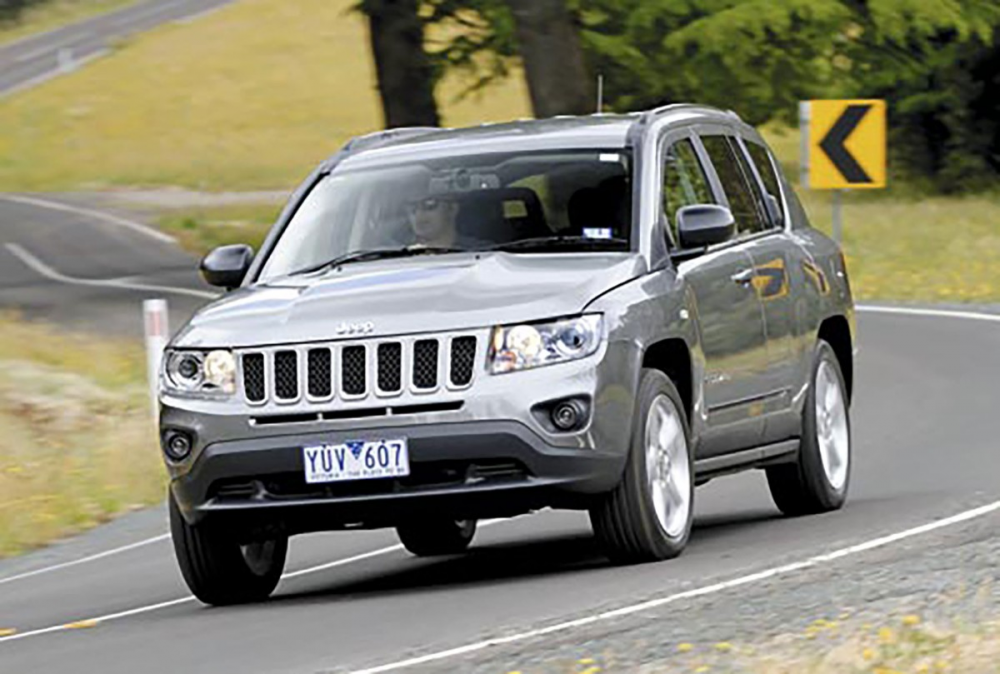
For example, the Jeep Compass has a published braked towing capacity of 1500kg and a tow ball rating of 150kg. These specs meet the requirements of our example Jayco Touring Pop Top. And there is a published GCM and GVM number for the Jeep Compass, so you know where you stand. Deducting the GVM (2233kg) from the GCM (3583kg) gives 1350kg. This is 145kg less than the ATM of the Jayco. What this means is that if you load the car to its maximum capacity, you would have to sacrifice 145kg of the allowed 375kg of the van’s designated payload – that’s a 39 per cent hit.
Just to confuse things a bit more, there is no legal requirement to specify a GCM on light vehicles so this data may or may not be available. So, if a car manufacturer does specify a GCM the number is clear. But if a car manufacturer does not specify a GCM we have been advised by a number of industry people that the fallback is to add the vehicle manufacturer's tow rating and gross vehicle rating (GVM).
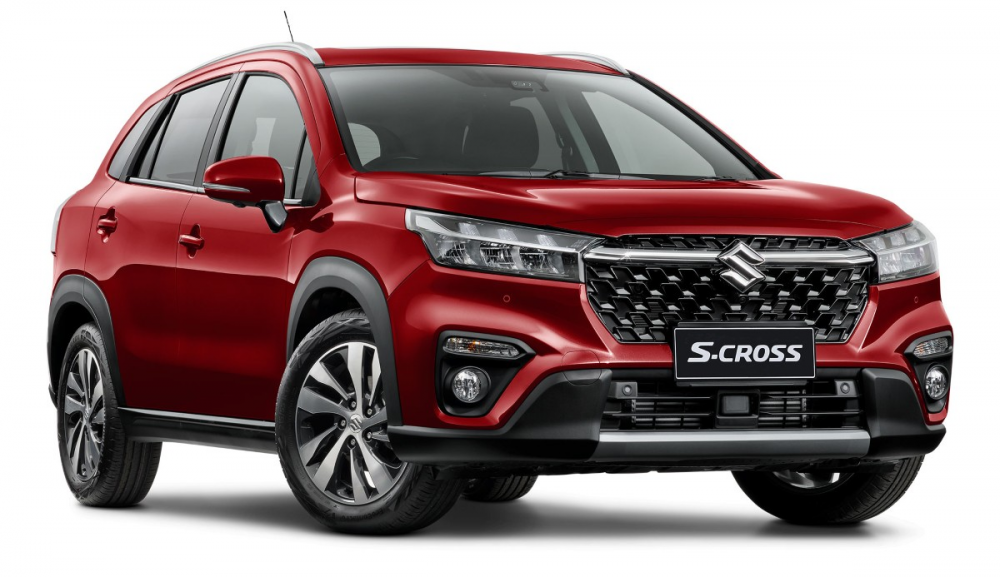
Secondly, you can’t calculate the impact the van's tow ball weight will have on the tow vehicle's axle with simple addition. This is because the tow ball load creates a leverage effect on the weight imposed on the axle as it is not directly over the axle. This is getting into the realm of case-by-case engineers’ calculations. All we can say here is if you are considering a small car and van combination ask for professional help to check if the rear axle rating will be adequate.
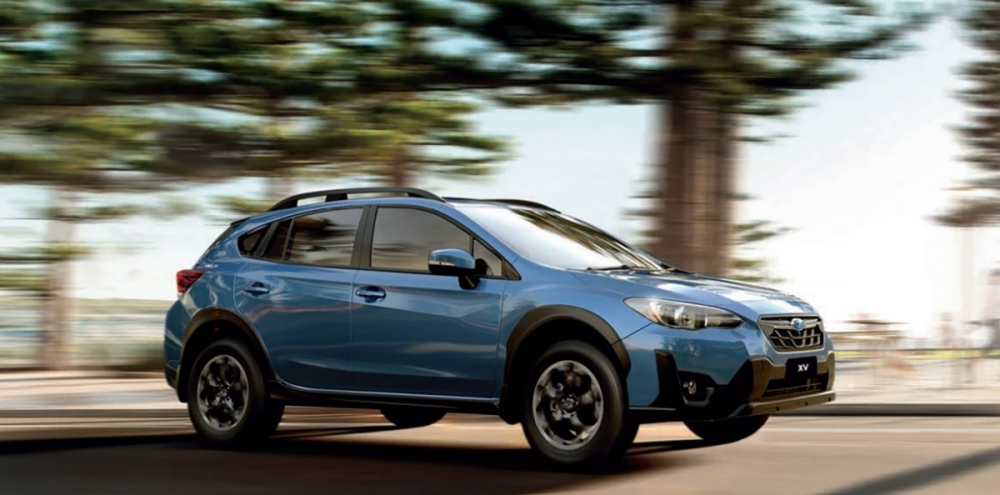
Rear axle loading
The last critical spec is the rear axle load rating. In this article, we have put this into the “too hard basket” for two reasons. Firstly, the information is not easy to find. Doing the desk research for this article was an eye-opener. In the days of online information at our fingertips, the lack of data in general provided by car manufacturers was a real surprise.
Another thing to note is car manufacturers have multiple variants of models and the tow and weight specs often vary. Ensure you check the specs for the variant you are interested in and possibly consider another variant if it is more suitable. For the purposes of this exercise, we gravitated to variants with AWD or 4WD when available because they can be invaluable for getting out of low-traction problems. We also opted for automatic transmission versions just because that’s what most people choose to drive. And if this filtering still gave us variants to choose from, we went for the lower-cost option.
After getting all that off my chest here are the vehicles we looked at with the most simplified/readily available data in table format.
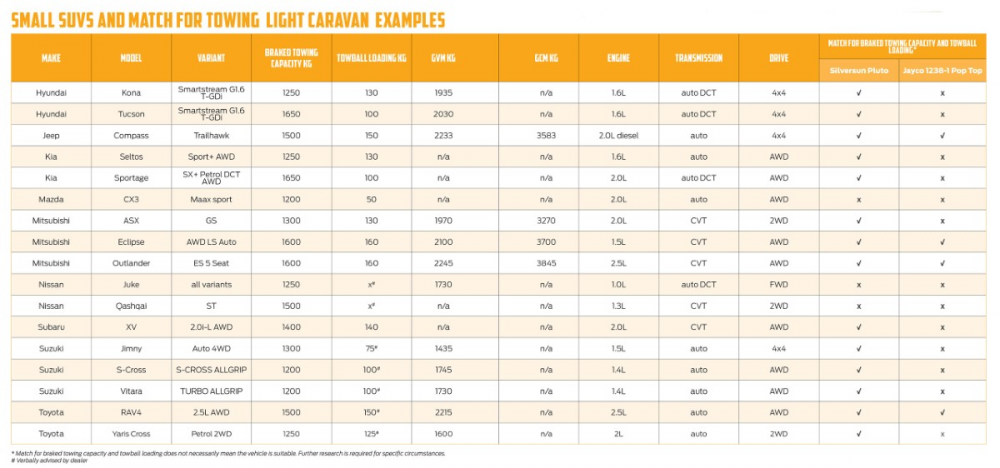
If you want a small car and van combination – go for it, there are some great little cars out there. The information in this article goes part way to getting you there but we have not covered all bases and specs change periodically. Make sure you do your own research to find the right car for you.
Looking for the Right Van to Match Your Tow Vehicle?
Find your dream van online at OnlyVans.com.au! If you plan to pair a small car with a compact caravan, explore our range of caravans for sale to find a perfect match for your towing capacity.
We have great deals on used caravans and caravans from private sellers. You can also find motorhomes for sale, camper trailers, and pop top caravans. No matter how you like to travel, we've got you covered.
This article was written by John Hughes, with photos by Editorial Team, and previously appeared at TradeRVs.com.au, now powered by OnlyVans.com.au.
Found your perfect purchase? Let’s make financing just as easy!
Work with Australia’s best-reviewed finance broker for a great deal and a stress-free experience. With 3,000+ glowing Google reviews, you can trust you're in good hands! See what our happy customers say in Credit One reviews, or jump right in and crunch the numbers with our handy loan repayment calculator. Your ideal financing solution is just a few clicks away!